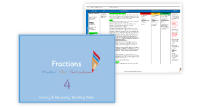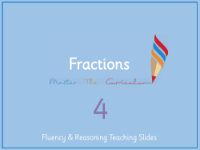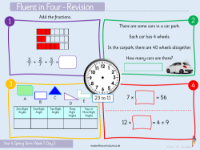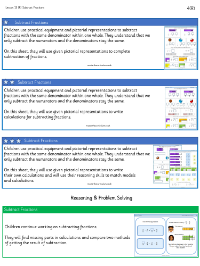Fractions - Subtract fractions - Planning
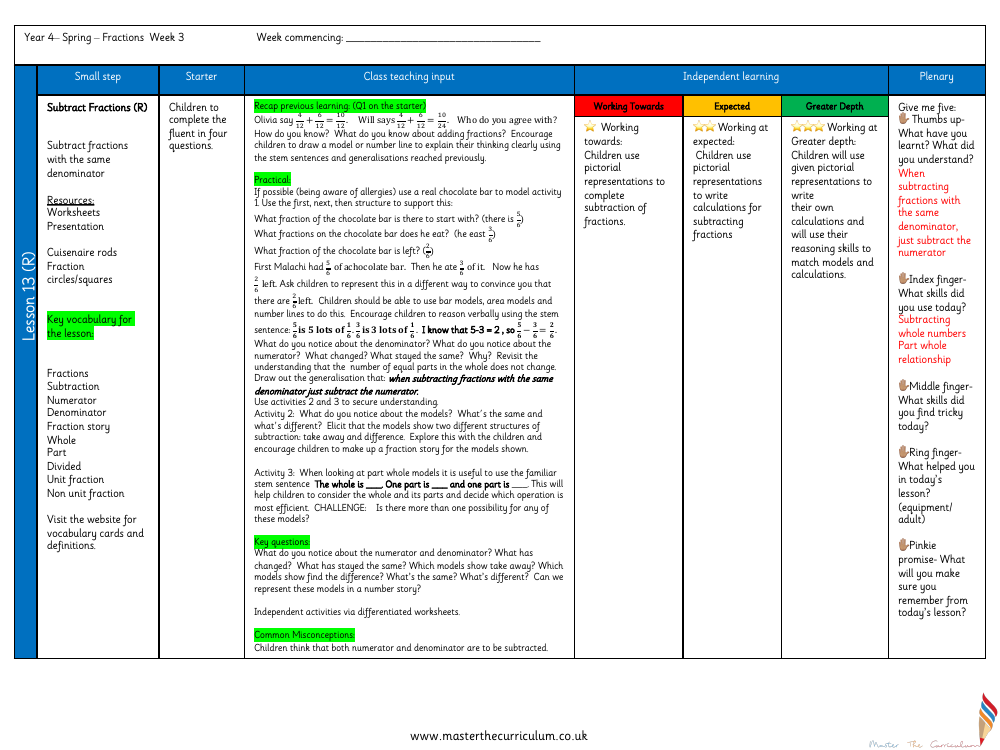
Maths Resource Description
In this Year 4 mathematics lesson, part of a Spring term series on Fractions, students focus on subtracting fractions with the same denominator. The lesson utilises a variety of resources such as worksheets, presentations, Cuisenaire rods, and fraction circles or squares to help visualise the concept. Key vocabulary for the lesson includes terms like 'fractions', 'subtraction', 'numerator', 'denominator', and 'unit fraction', among others. Students are encouraged to visit the designated website for vocabulary cards and definitions to reinforce their understanding. The lesson begins with a starter activity where students recall previous learning by discussing a problem involving the addition of fractions. This helps set the stage for the day's topic: subtracting fractions.
During the class, practical activities play a significant role in aiding comprehension. For instance, a real chocolate bar (taking into account any allergies) is used to visually demonstrate the subtraction of fractions. Students are guided through the process of identifying the starting fraction of the chocolate bar, the fraction consumed, and the remaining fraction. They are then asked to represent this using bar models, area models, or number lines, and to verbalise their reasoning using specific stem sentences. The lesson aims to draw out the understanding that while the numerator changes during subtraction, the denominator remains constant because the number of equal parts in the whole does not change. Independent activities with differentiated worksheets allow students to practice the concept further. The lesson concludes with a reflection on what was learned, the skills used, and any challenges faced, ensuring that students understand that when subtracting fractions with the same denominator, they only need to subtract the numerators. The lesson also addresses common misconceptions and provides levels of achievement, from working towards expectations to reaching greater depth through the use of pictorial representations and reasoning skills.

